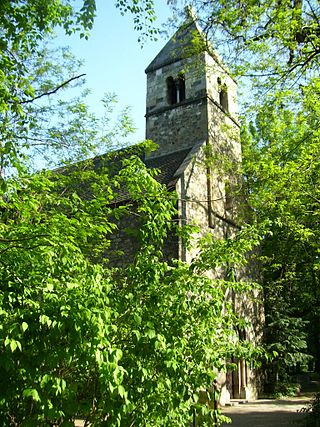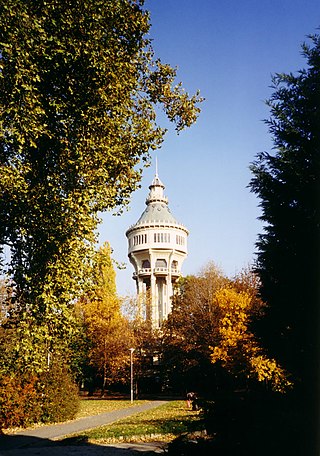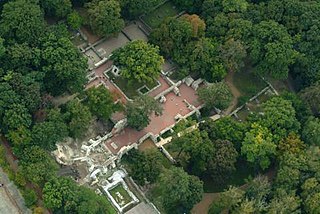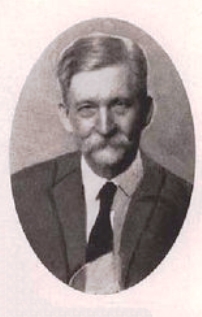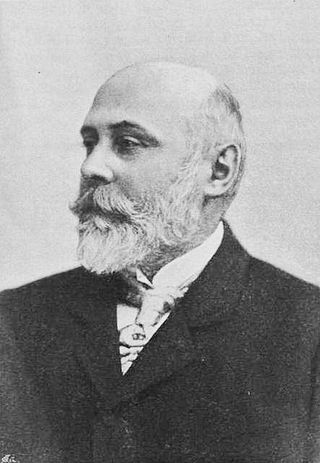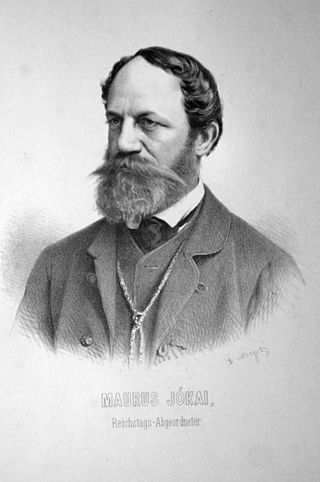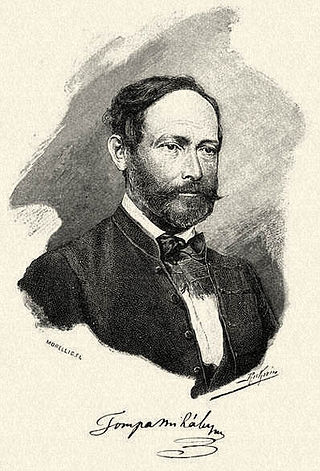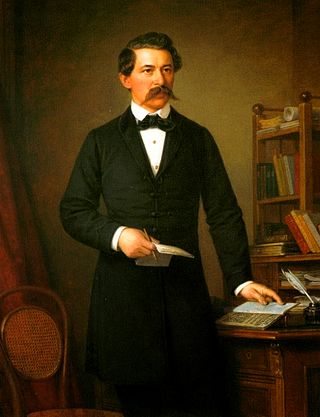Self-guided Sightseeing Tour #1 in Budapest, Hungary
Legend
Guided Free Walking Tours
Book free guided walking tours in Budapest.
Guided Sightseeing Tours
Book guided sightseeing tours and activities in Budapest.
Tour Facts
0.7 km
12 m
Experience Budapest in Hungary in a whole new way with our free self-guided sightseeing tour. This site not only offers you practical information and insider tips, but also a rich variety of activities and sights you shouldn't miss. Whether you love art and culture, want to explore historical sites or simply want to experience the vibrant atmosphere of a lively city - you'll find everything you need for your personal adventure here.
Activities in BudapestIndividual Sights in BudapestSight 1: Premonstratensian Church St.Michael
The Premonstratensian convent on Margaret Island is a monastery founded in the 13th century on Margaret Island in Budapest. The chapel that stands on its site today, rebuilt in the first third of the 20th century, is one of the island's most significant works of art, which is Budapest oldest Romanesque monument that can be seen in its original form.
Wikipedia: Premontrei konvent (Margit-sziget) (HU), Url Miserend
Sight 2: Margaret Island Water Tower
The Margaret Island Water Tower stands in the central part of Margaret Island in Budapest, next to the Margaret Island Open-Air Stage. Inside the monumental water tower, renovated in 2013, visual art exhibitions are located. The surroundings of the Margaret Island water tower are not developed. Walking up the Art Nouveau circular staircase, arriving at the eight-balcony observation hall, visitors can enjoy the panoramic view of Buda and Pest, as well as the bridges spanning the Danube. The tower, splendid in its original glory, occupies a worthy place among the natural and built heritage of Margaret Island as a Budapest attraction. Together with its programs, the Open Space Theatre, which operates open-air stages on Margaret Island and Városmajor, is part of a touristically outstanding cultural attraction. The country's largest water tower, the Margaret Island Water Tower built in 1911, is a real tourist attraction, from which you can see Budapest's 360-degree panorama, the buildings and sights of the capital and the silhouette of the Buda hills offer an unparalleled experience.
Wikipedia: Margit-szigeti víztorony (HU), Website, Url, Url Gc
Sight 3: Open Air Theatre
The history of the Margaret Island Open-Air Stage from the beginning to the present day. Several attempts were made to exploit the features of Margaret Island during the 20th century. During World War II there were no performances, and Margaret Island was not spared from the destruction. After the war, it became the summer venue of the Hungarian State Opera, and with effect from 1 January 1966 the Directorate of Budapest Open-Air Stages was established under the leadership of Antal Kerek. From 1990 the Directorate of Budapest Open-Air Stages changed its name to Open Space Theatre. Since 2003, Teodóra Bán, former ballerina, has been leading the Theatre. The Open Space Theatre also operates the Margaret Island Water Tower and the Városmajor Open-Air Stage.
Sight 4: Dominican convent
The Dominican nunnery on Margaret Island was founded by King Alexander IV. It was founded by Bela in honor of the Virgin Mary. The Convent of Our Lady of Rabbits Island was the most important institution, the most significant and richest monastic building on the island in the Middle Ages.
Sight 5: Ambrus Zoltán
Zoltán Ambrus was a Hungarian writer and translator. He completed gymnasium in Debrecen and Budapest and then studied law in Budapest. At the age of 18, his father died leaving him responsible for his family. He tutored and wrote theater criticism and articles for such publications as Pesti Napló, Fővárosi Lapok, and Budapesti Szemle. In 1885, he moved to Paris where he studied literature at the Collège de France and the Sorbonne. He became a contributor to A Hét upon his return to Pest and wrote a substantial quantity of short stories. In 1900, he became editor of Új Magyar Szemle, and wrote some pieces for Nyugat, as well as serving as director of the National Theater.
Sight 6: Lechner Ödön
Ödön Lechner was a Hungarian architect, one of the prime representatives of the Hungarian Szecesszió style, which was related to Art Nouveau in the rest of Europe, including the Vienna Secession. He is famous for decorating his buildings with Zsolnay tile patterns inspired by old Magyar and Turkic folk art, which are combined with modern materials such as iron.
Sight 7: Jókai Mór
Móricz Jókay of Ásva, known as Mór Jókai, was a Hungarian novelist, dramatist and revolutionary. Outside of Hungary, he was also known as Maurice Jókai or Maurus Jokai or Mauritius Jókai. He was a leader of the outbreak of the Hungarian Revolution of 1848 in Pest. His romantic novels became widely popular among the elite of Victorian England, where he was often compared to Charles Dickens by the press. One of his most famous admirers was Queen Victoria herself.
Sight 8: Katona József
Sight 9: Tompa Mihály
Mihály Tompa, was a Hungarian lyric poet, Calvinist minister and corresponding member of the Hungarian Academy of Sciences. Together with János Arany and Sándor Petőfi they formed the triumvirate of young great poets of the Hungarian folk-national literature of the 19th century.
Sight 10: Arany János
János Arany was a Hungarian poet, writer, translator and journalist. He is often said to be the "Shakespeare of ballads" – he wrote more than 102 ballads that have been translated into over 50 languages, as well as the Toldi trilogy.
Share
Disclaimer Please be aware of your surroundings and do not enter private property. We are not liable for any damages that occur during the tours.
GPX-Download For navigation apps and GPS devices you can download the tour as a GPX file.
